Candies
The paintings in Ralf Peters’s new series, “Candies“, are seductively colorful. In small format in the catalog they are coordinated with one another according to color and motif; they lie next to one another like multicolored sweets in an open box of chocolates, waiting to be chosen. What is the source of this irresistible appeal?
What is new about this group of works is the blurry surface structure of the photographed subjects. In contrast to previous series of photographs, like “Boxes“ or the vacation homes in the series “Mix“ - in which the objects are depicted in sharp focus and with fidelity to detail, with pictorial compositions that mirror architectonic structures or that are repeated in modules - the shared element in the new series is a picturesque style that dissolves contours.
The actual size of the works - approximately a yard high or wide - is a departure from the cuteness intimated in the title.
Although their quantity and colorfulness may make them seem like “bonbons of light” when seen in small format, in actual size their dissolving surfaces play with the viewers’ perception. Even if you step back a few yards and think that you have puzzled out the subject of the painting, you will be disappointed, as the schematic forms do not give themselves up, even if you change your perspective. The Candies make you feel involved and shut out at the same time, and their effect is more overwhelming than sweet. Ralf Peters reworks the digitally photographed motifs on the computer and dissolves the data sets into blurry contours and planes of color. The effect of this manipulation recalls that of watercolors.
With their surfaces dissolved photographically, the color fields of the Candies are, in contrast to the picturesque technique, not lucid and translucent but opaque and flat. In several of the islands of color there are stripes that might call brushwork to mind, and this heightens the painterly effect even more. In recent decades especially, photography has increasingly addressed themes specific to painting.1 Photography obtains its authenticity and credibility from its (apparently objective) depiction of reality, painting is understood today as being a primarily subjective medium, in which every brushstroke is seen as the painter making his or her mark directly whereas. “Photography’s allusions to painting thus emphatically elucidate the hybrid structure of the medium, which both satisfies and disappoints our desire for something believable.”2
Through the blurry forms the scenes of landscapes, interiors, vacation, and travel can only be surmised. The phenomenon of blurriness is fascinating in a variety of ways, and as a stylistic means, particularly in the last century, it underwent a transformation and came to be employed in many different ways in painting and photography.3 When viewing a landscape in the distance our feelings are still largely marked by nineteenth-century romantic ideas.4 The desire to see the infinite and timeless in nature, a place where the elements harmoniously merge, where heaven and earth, air and water unite, making the landscape a mystery and the field for the projection of a spiritual event that found its symbol in Caspar David Friedrich’s Monk by the Sea is included.
Our desires for a positive experience of nature are confirmed in all their forms in the Candies: a refreshing blue from the sky and sea, white sands of the dunes, and between them the cheery, soaring, colorful dots of kites that playfully join us with the elements. Smooth surfaces of the sea, rushing brooks, or mysterious dark water then slip through the mountains in a ravine. Landscapes with farms that show us an idyllic world where work is not part of the picture. Other motifs call to mind a feeling of wanderlust and the desire to travel: a nearly empty street at dusk or a ship’s deck that evokes the shimmering blue colors of the romanticism of the sea. The blurring of the forms seems to put the brakes on rapid dynamism and hasty viewing. Even street scenes or a moving ship feel more like film stills or a dream sequence in which everything moves according to other laws.
Ralf Peters has manipulated the original photographs digitally in such a way that the subjects move between reduction and abstraction. Anecdotal elements are kept out of the images. Viewers can evolve their own associations and withdraw into fantasies and memories that are made possible by these blurred intermediate surfaces and empty spaces. Human figures are rarely found in the images; where they are, they are faceless and schematic and they fuse with their surroundings.
The works dispense with the momentary character of photography. To a certain extent, Ralf Peters uses the medium of photography to make processes of perception visible, starting out from reality and making use of photographic and painterly means. The images and the repertoire of themes photographed correspond to a standardized series of images from a potentially endless dance of images in a vacation world.
One group of motifs plays with the design and furnishing of semipublic interiors. The interiors are laden with a certain drama, due not least to the dense color values of red, orange, and yellow, which seem to glow or glimmer splendidly.
Before the viewer’s eyes mysterious halls and rooms open up. Is the door a gateway? And if it is, where does it lead?
Groups of tables and chairs produce soaring ornaments and look like formations of flowers on a plush carpet. Vertical bearing elements dissolve into shimmering columns of light, and gravity seems to have been overcome; we dive into another world and would not be surprised to have landed in a spaceship.
The less we are able to determine the content of the image, the more mysterious it becomes, and the more free play is left for the viewer’s own associations. The images are not understood through the intellect; they present us with a stimulus that has to be responded to with emotions and imagination. The alienated landscapes and rooms do not depict places that can be precisely determined, but instead offer an idea of things, standing as a cipher for something that viewers try to decode and fill up with their own memories and desires.
The Candies evoke romantic dreams and desires. We play the game, the world of the images, and are drawn into the vortex of glowing colors and pleasant motifs. We have associations and believe we recall similar scenes that we have experienced ourselves or have at least seen somewhere. Things seen and things experienced seem to merge. Illustrations, travel brochures, film, television use these motifs and the psychologically laden worlds of color to suggest emotions and moods which define us through these sequences of images. Are our own feelings and desires really our own then?
Are even our emotions streamlined and uniform? In the end, we don’t know whom we can trust anymore; certain sequences of associations are called up by the images as if by pressing a button. Ralf Peters starts in reality and creates a new reality. Seduced and fascinated, we allow ourselves to be blinded by banal motifs. On the one hand, the images are relieved of content and the flood of stimulation5 and hence leave room for our own thoughts; on the other hand, they cause a sense of discontent that arises from the information that has been withheld from us, leaving uncertainty behind.
If we can pull ourselves away from the radiant beauty of the images, we can appreciate the tightrope walk that Ralf Peters achieves in his Candies. A bit more color or a bit less, a bit more blurry or a bit less, and the images fall back into their banal reality.
The Candies move between painting and photography and redeem the promise of neither. They neither reproduce reality in a way faithful to the details nor do they have the quality of a painted image. They move back and forth between these media and make viewers feel even more uncertain. The Candies show that although we might think we are moving within our own personal emotional world, ultimately we are responding in a largely conditioned way to the images as key stimuli. The viewer is depersonalized, like the object of our dreams. The images are astonishingly close to our ideas of a nature and travel in which everything is supposed to be smooth and soft and to move without barriers, corners, or edges, and they correspond to the advertising postulate of our postmodern lifestyle society, moving buoyantly in the “flow” and slipping lightly through life on gleaming colors.6
The Candies both seduce us and yet keep us at the surface, so that there is nothing behind them, but instead we are forced to look at ourselves. What remains is the question: Why are these paintings so beautiful?
Notes
1. Unschärferelation: Fotografie als Dimension der Malerei, ed. Stephan Berg, René Hiner, and Bernd Schulz, exh. cat. (Ostfildern-Ruit: Hatje Cantz, 2000),
6–7.
2. Unschärferelation (note 1), 6–7.
3. See Wolfgang Ullrich, Die Geschichte der Unschärfe (Berlin: Wagenbach, 2002).
4. Adam Müller, “Etwas über Landschaftsmalerei,” in idem, Kritische, ästhetische und philosophische Schriften, vol. 2, ed. Walter Schroeder and Werner Siebert (Neuwied and Berlin: Luchterhand, 1967), 188–90.
5. Ullrich, Die Geschichte der Unschärfe (note 3), 127–28: “The history of blurriness leads from an aesthetic of ressentiment and defensiveness to an aesthetic of the victors, but all the while it reveals itself in techniques of exclusion. >From the fading out of the profane and the denial of the normal, from the distrust of the visible to resistance to depiction, from the refusal to provide information to the animation of stimuli and on to the banning of everything that is not perfect - the spectrum of exclusions covers all these things.”
6. Ullrich, Die Geschichte der Unschärfe (note 3), 124: “In addition to the effects of blurriness, glaring light often expresses joie de vivre and energy; like the obligatory smile it radiates beyond borders and can thus seem insuperable. . . . The optimism of the images suits the postmodern culture of affluence and events, in which fun, action, and flexibility - the virtues of the extroverted life - are ranked at the top.”
-
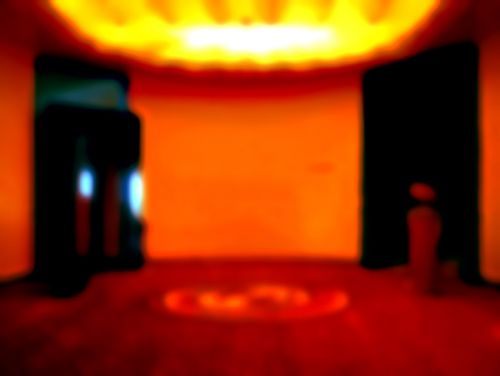
#8, 70 x 100 cm -
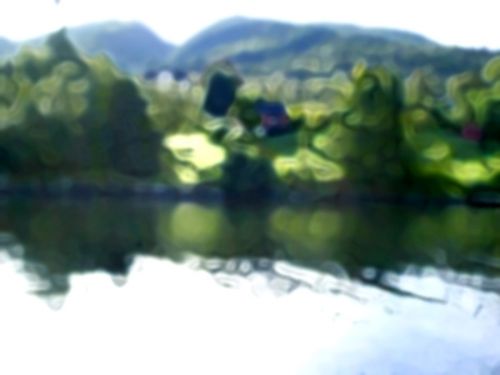
#12, 70 x 100 cm -
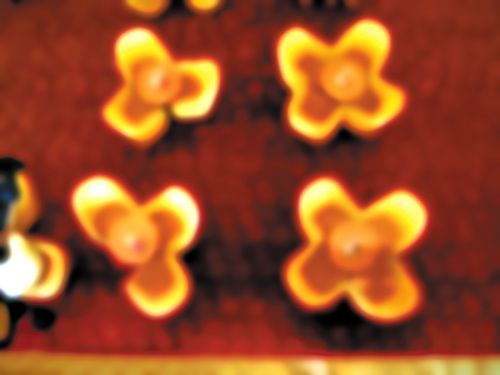
#10, 70 x 100 cm -
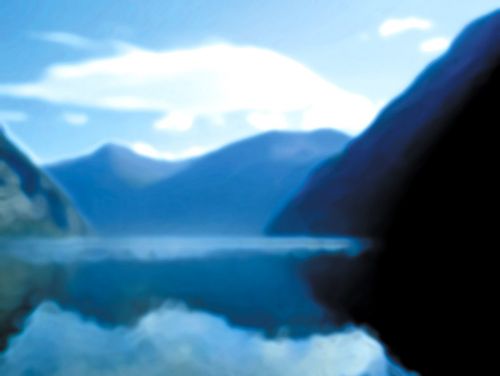
#13, 70 x 100 cm -
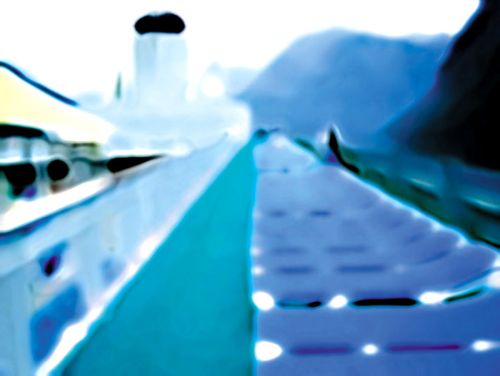
#14, 70 x 100 cm -
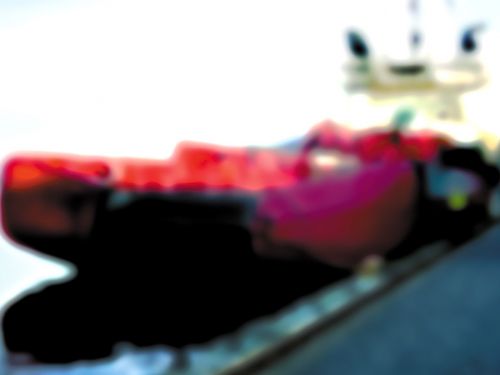
#15, 70 x 100 cm -
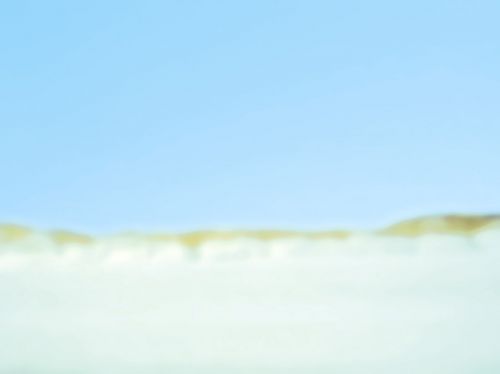
#16, 70 x 100 cm -
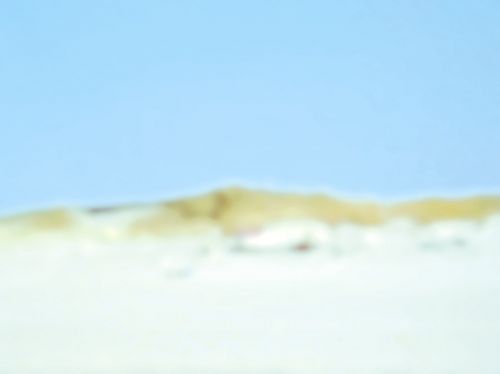
#17, 70 x 100 cm -
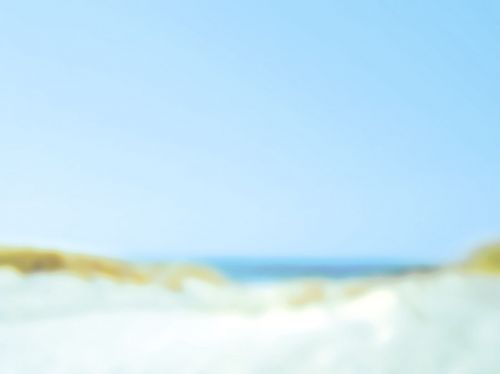
#18, 70 x 100 cm -
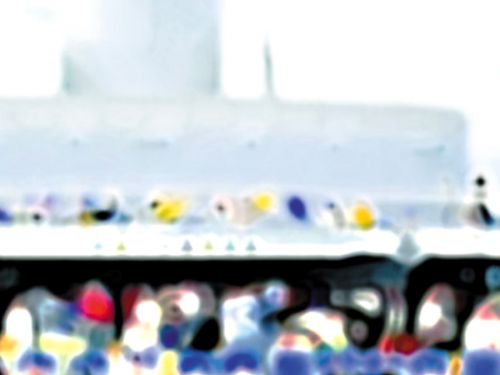
#22, 70 x 100 cm -
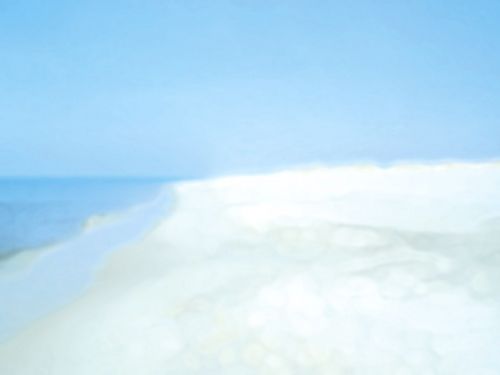
#23, 70 x 100 cm -
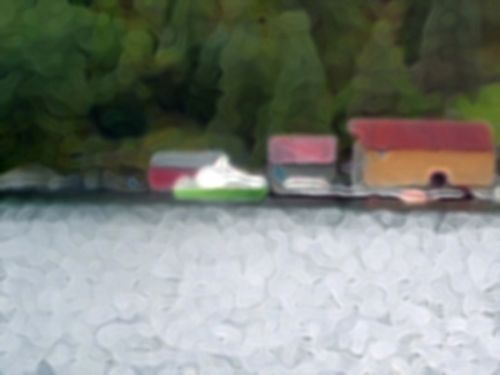
#11, 70 x 100 cm -
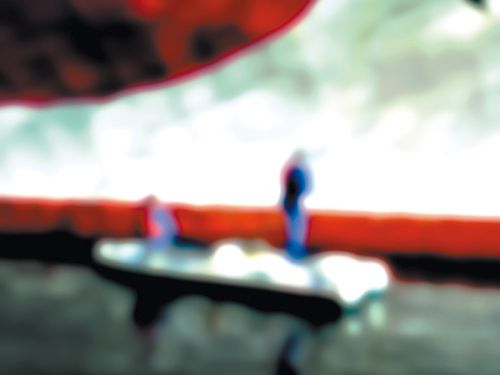
#31, 70 x 100 cm -
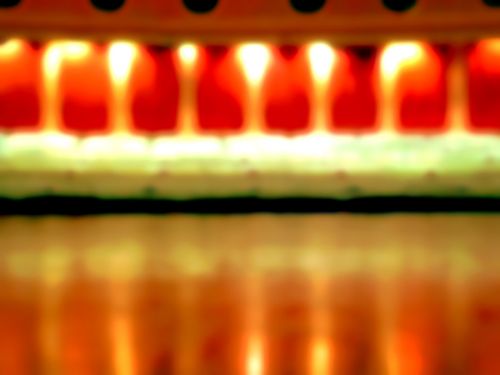
#35, 70 x 100 cm -
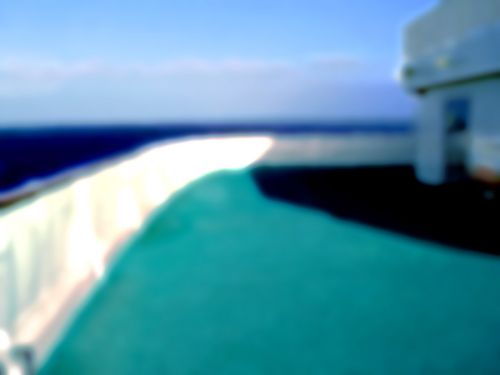
#38, 70 x 100 cm -
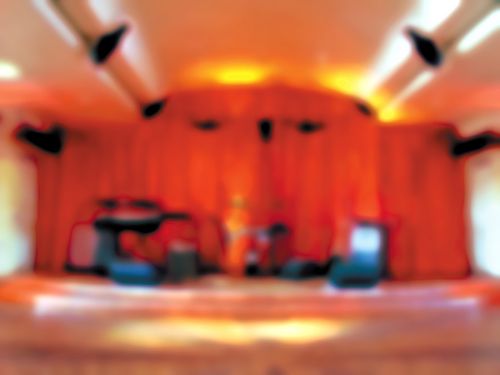
#70, 70 x 100 cm -
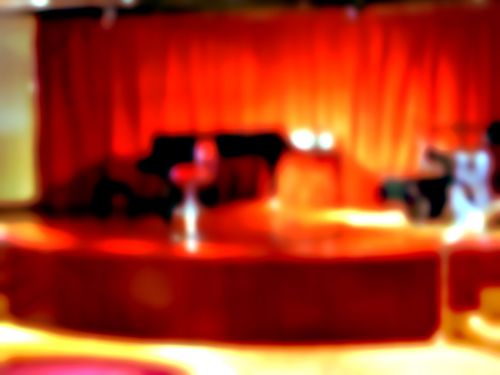
#44, 70 x 100 cm -
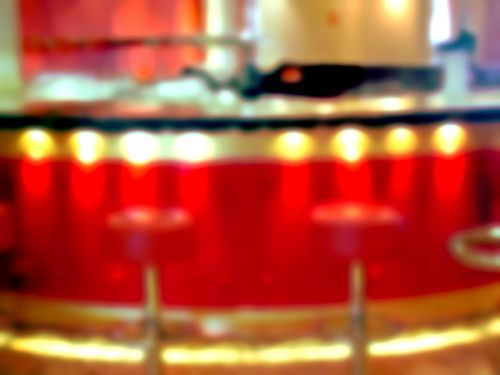
#45, 70 x 100 cm -
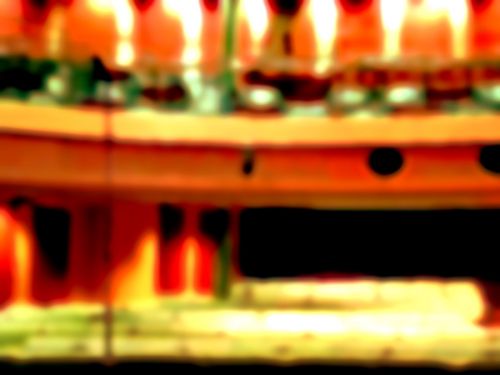
#46, 70 x 100 cm -
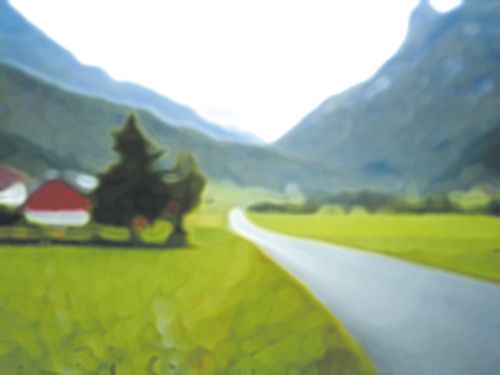
#48, 70 x 100 cm -
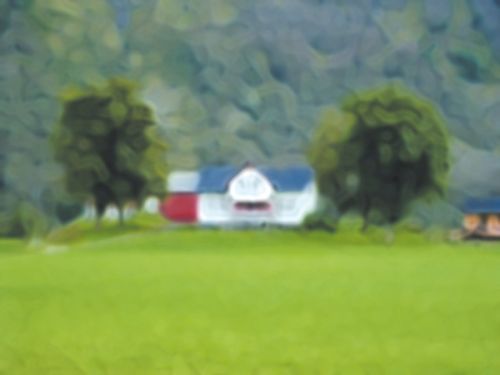
#49, 70 x 100 cm -
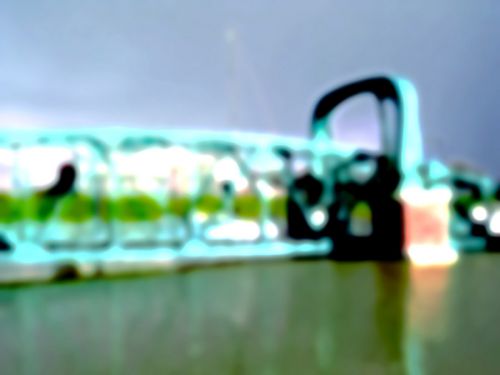
#50, 70 x 100 cm -
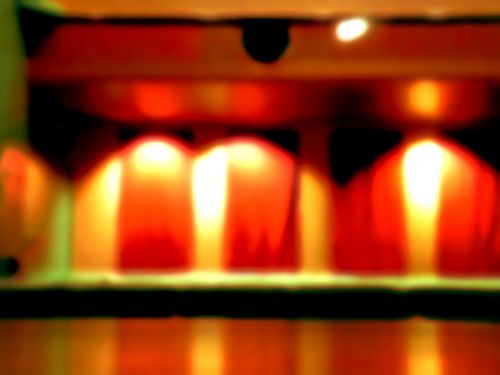
#54, 70 x 100 cm -
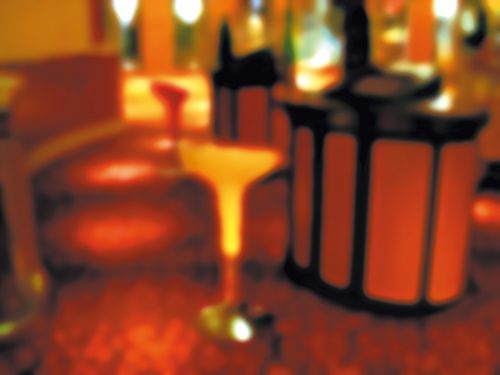
#61, 70 x 100 cm -
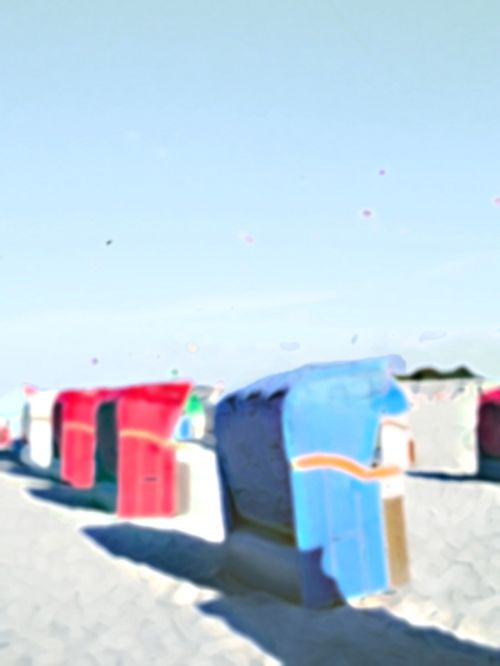
#30, 70 x 100 cm -
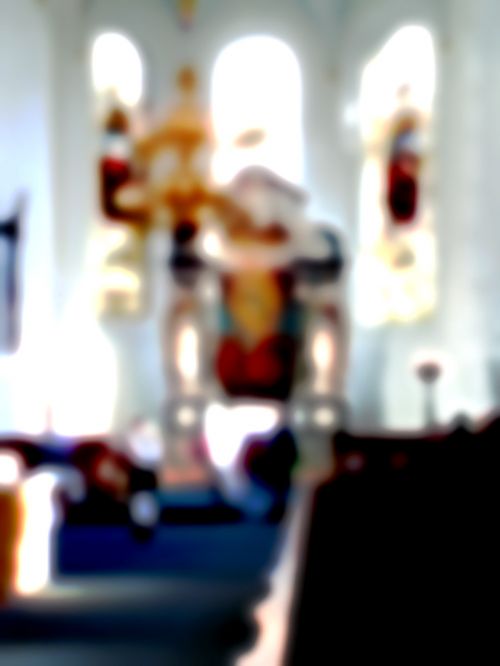
#37, 70 x 100 cm -
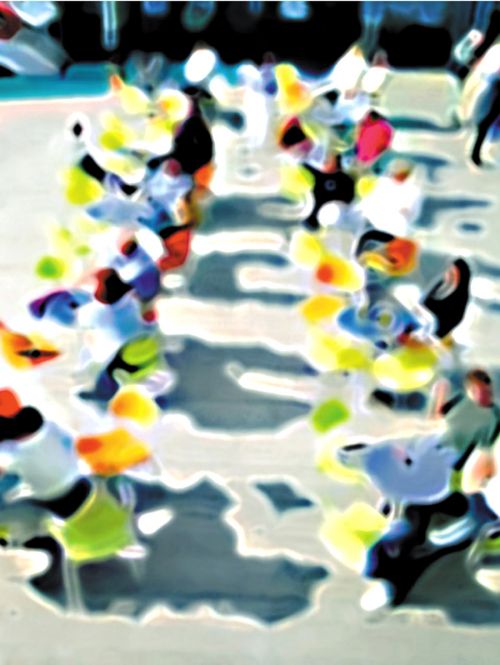
#36, 70 x 100 cm -
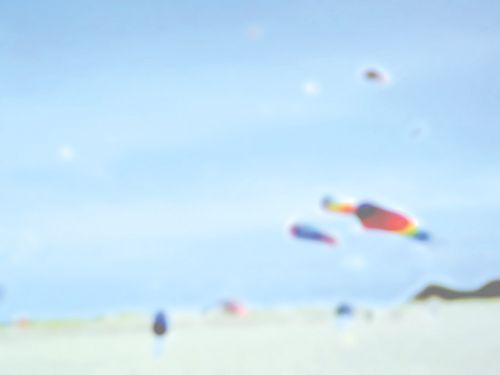
# 25, 70 x 100 cm